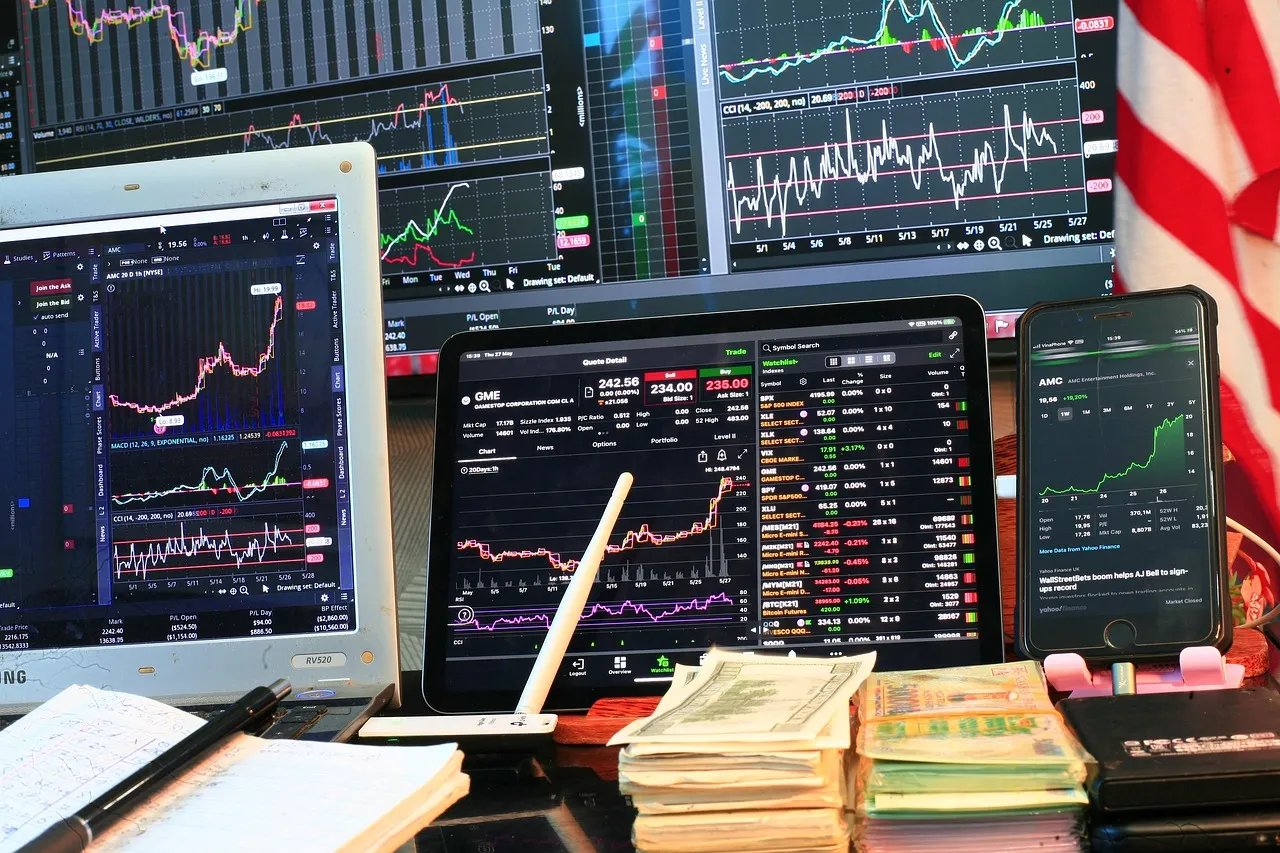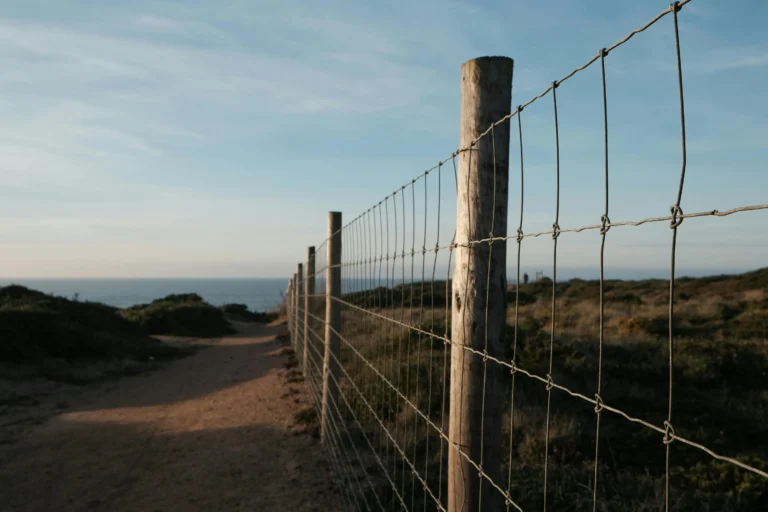
Indonesia Cement Industry Outlook 2025: Navigating Oversupply, Uneven Demand, and Green Transition Challenges
“Indonesia Cement Industry Market Size & Forecast by Value and Volume Across 80+ Market Segments – Databook Q2 2025 Update” to its offering. The comprehensive study provides in-depth insights into the structure, performance, and future trajectory of Indonesia’s cement industry, offering a detailed look at trends shaping the market through 2029.
Market Overview and Growth Forecast
The cement market in Indonesia is projected to expand by 6.3% annually, reaching US$3.69 billion in 2025. Between 2020 and 2024, the market demonstrated strong resilience, achieving a CAGR of 6.2% despite macroeconomic challenges and uneven construction recovery. Looking ahead, the market is expected to sustain positive momentum, growing at a CAGR of 5.9% from 2025 to 2029, ultimately reaching an estimated US$4.64 billion by 2029.
The report delivers a data-rich, forward-looking analysis of Indonesia’s cement landscape, covering key indicators such as production volumes, consumption trends, pricing evolution, and end-use segmentation across residential, non-residential, and infrastructure sectors. It also provides a granular breakdown by cement type, distribution channel, end-user profile, and city-tier demand.
Industry Dynamics: Structural Imbalance and Supply Challenges
Indonesia’s cement industry remains characterized by structural oversupply, uneven regional demand, and rising operational constraints. Installed capacity continues to far exceed domestic consumption, creating intense price competition among producers and compressing profit margins.
Public infrastructure projects continue to anchor demand in certain regions, while private construction activity remains subdued due to high borrowing costs and weak property market sentiment. The result is a market divided between strong regional infrastructure-driven growth and sluggish urban private demand, particularly in Java, Jakarta, Bandung, and Surabaya.
Producers are responding to these pressures by focusing on efficiency gains, digitalization, and green innovation. State-backed companies like PT Semen Indonesia (SIG) and PT Indocement Tunggal Prakarsa are optimizing logistics networks and diversifying fuel sources, while smaller players pursue partnerships and adopt waste co-processing technologies to mitigate cost volatility.
However, energy dependency, regulatory uncertainty, and licensing delays continue to restrict expansion plans and profitability. These challenges underscore the need for strategic realignment toward sustainable capacity utilization, low-carbon production, and supply chain localization.
Infrastructure and Regional Growth Drivers
Public Infrastructure Projects Boost Regional Cement Demand
The Nusantara Capital City (IKN) project in East Kalimantan remains the single largest driver of bulk cement consumption in Indonesia. Major producers such as PT Semen Indonesia and Indocement are actively supplying materials for the early construction phases.
Beyond IKN, ongoing National Strategic Projects (PSN) — including road, dam, and airport developments — are stimulating cement demand in Sulawesi, Sumatra, Papua, and Kalimantan. Expanding logistics corridors, toll road projects, and industrial zone developments in West Java and South Sumatra further reinforce these regional demand pockets.
Private Construction Sluggish Amid Economic Pressures
In contrast, private sector construction remains under pressure due to high interest rates, tight consumer credit, and macroeconomic uncertainty. New housing and commercial projects have slowed considerably, while sales of bagged cement through retail and contractor channels have weakened. Nevertheless, renovation and small-scale construction activities in Tier-II and Tier-III cities continue to sustain moderate demand.
Seasonal and Geographic Variability
Indonesia’s geography introduces additional complexities. Seasonal weather patterns — especially heavy rainfall between December and February — disrupt logistics and supply chains, particularly to eastern islands such as Maluku and Nusa Tenggara. To counteract this, companies are adopting adaptive production planning and inventory optimization strategies to align with regional consumption cycles.
Strategic Partnerships and Green Transition
Collaborative Logistics Models
Leading producers are increasingly adopting collaborative logistics strategies to strengthen island-wide distribution. Semen Indonesia (SIG) has expanded its network of packing plants and cement terminals to improve service to remote regions and secondary cities. Indocement, meanwhile, has partnered with state housing distributor Perum Perumnas to streamline supply for government-backed residential projects.
Alternative Fuels and Waste Co-Processing
The sector is gradually embracing alternative fuels and waste co-processing technologies. PT Solusi Bangun Indonesia (SBI), part of the SIG Group, has partnered with municipal governments to incorporate refuse-derived fuel (RDF) and biomass into its production processes. These initiatives contribute to national waste management objectives while reducing reliance on coal-based energy sources.
Low-Carbon Cement Products
Cement companies are introducing green cement variants that incorporate fly ash, pozzolana, and slag, in line with Indonesia’s green building criteria. In 2023–2024, Indocement launched a pozzolanic cement specifically designed for climate-resilient infrastructure in Sumatra and Kalimantan, marking a significant shift toward sustainable product innovation.
Operational and Regulatory Headwinds
Persistent Overcapacity
The Indonesian cement sector faces one of the highest overcapacity ratios in Southeast Asia. Installed production capacity substantially exceeds domestic demand, resulting in underutilized assets — with many mid-sized plants in Java operating at just 50–60% capacity. The resulting price wars have eroded margins and discouraged new investment.
Rising Energy Costs and Supply Volatility
Energy remains a critical cost factor. The industry’s heavy dependence on coal-fired kilns exposes it to fluctuations in domestic coal prices and inconsistencies in Domestic Market Obligation (DMO) supply. While some producers are investing in solar energy and waste heat recovery systems (WHRS), these initiatives remain limited to larger plants.
Raw Material and Licensing Bottlenecks
Obtaining and renewing mining and quarrying permits has become increasingly complex. New environmental and ESG-related requirements, combined with local land-use conflicts, have delayed several expansion plans. In 2024, two major projects in Central Java and Aceh were postponed due to extended delays in limestone and clay quarry permits.
Outlook: Public Investment and Green Policy Support Growth
Government Spending to Sustain Near-Term Growth
Public sector investment remains the cornerstone of short-term demand. Infrastructure developments under the 2024–2029 RPJMN national development plan, along with the IKN relocation, are expected to boost cement consumption across Borneo, Sulawesi, and Sumatra. Bulk cement shipments will likely increase as the government accelerates project implementation.
Sustainability and Circular Economy Regulations
Indonesia’s green building mandates and circular economy policies are expected to reshape the product mix of the cement industry. Regulations promoting low-carbon materials in public projects will encourage the adoption of blended and green cement products. Companies aligning with the Ministry of Public Works’ sustainable procurement framework are likely to gain a competitive edge in public tenders.
Digitization and Smart Plant Operations
Leading manufacturers are investing in digital transformation to enhance plant efficiency. Real-time monitoring, predictive maintenance, and AI-based clinker optimization systems are increasingly deployed to control production costs. Semen Indonesia is pioneering a digital control tower model to coordinate operations across multiple island-based facilities — a key move toward smarter, leaner manufacturing.
Key Risks and Uncertainties
Despite the positive long-term outlook, the industry faces several systemic risks:
- Regulatory Volatility: Potential changes in coal pricing mechanisms, subsidy policies, or carbon taxation could significantly impact cost structures. Uncertainty around the national carbon trading system continues to delay long-term planning.
- Logistics Vulnerability: Inter-island transportation remains costly and unpredictable, especially given weather disruptions, port limitations, and vessel shortages. Rising marine freight costs have already triggered temporary shortages in eastern provinces.
- Financial Constraints: A weaker rupiah and higher interest rates have limited access to affordable financing, particularly for decarbonization and modernization projects. Many mid-tier producers are deferring kiln upgrades due to capital constraints and lengthy equipment import lead times.
Strategic Outlook: From Oversupply to Sustainable Growth
The Indonesian cement industry is at a critical inflection point. To move beyond structural imbalances and price-driven competition, firms must rationalize capacity, optimize logistics, and accelerate the transition to low-carbon production.
Future competitiveness will hinge on integrated supply chains, energy diversification, and digital agility. Companies that embed sustainability into core operations and align with Indonesia’s green industrialization roadmap will be best positioned to capture long-term value.
With continued government infrastructure investment, expanding urbanization across island regions, and a policy shift toward greener materials, Indonesia’s cement sector holds significant potential. The challenge — and opportunity — lies in transforming a fragmented, supply-heavy industry into an efficient, climate-aligned ecosystem that supports both national development and environmental sustainability.
Source Link: https://www.businesswire.com/





